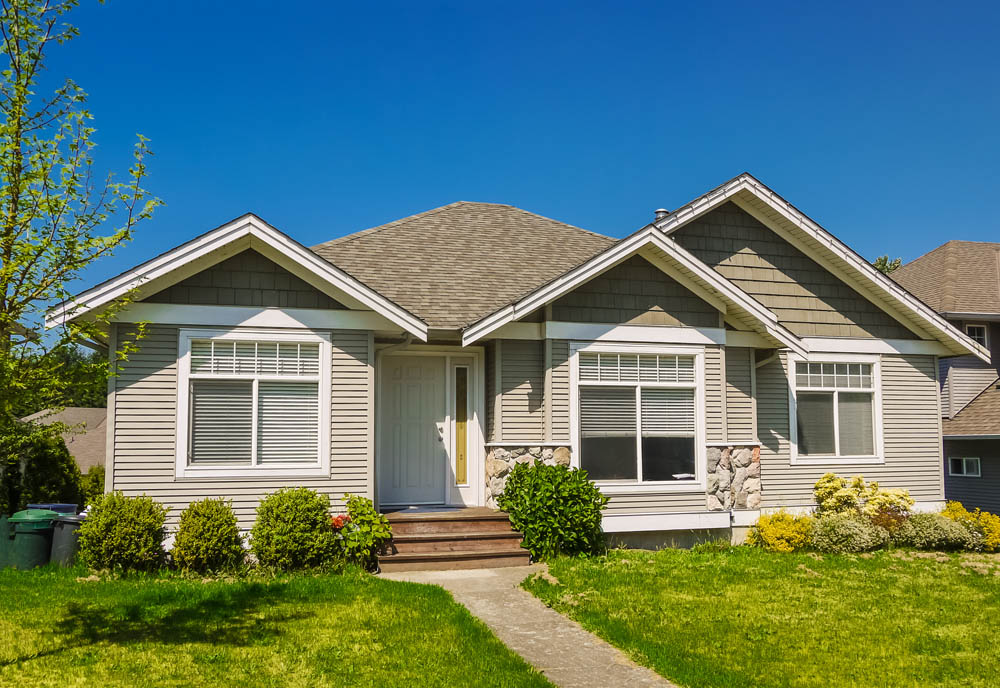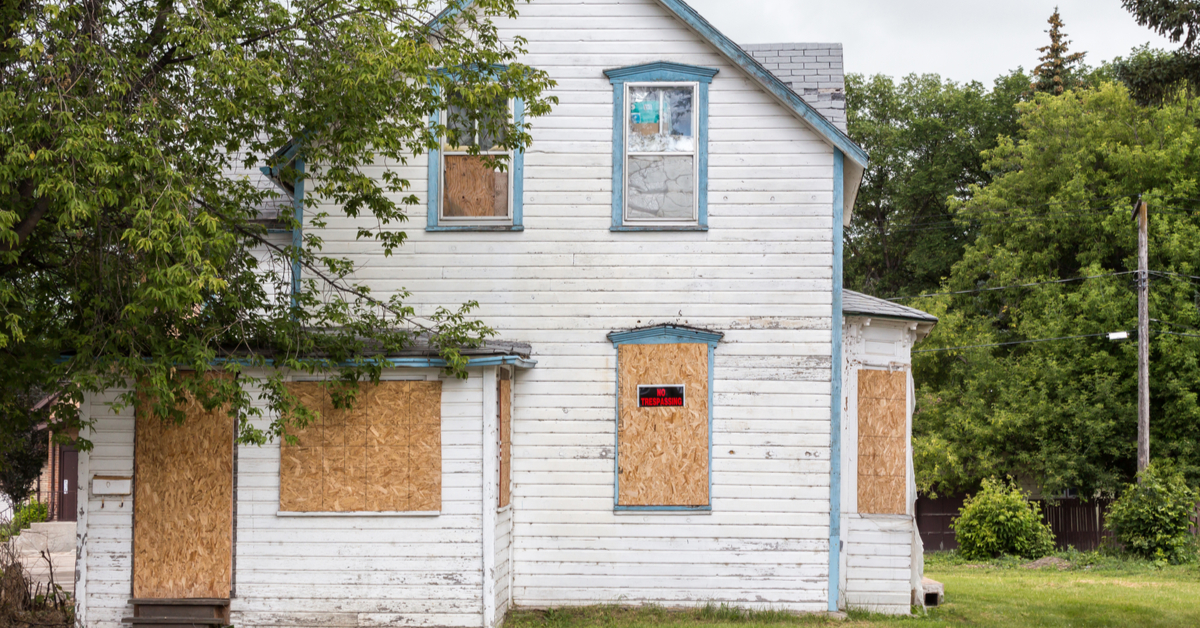
Single Family Home Rentals: Here for the Long Haul?
Following the housing crash in 2008-2009, a big part of the recovery was due to investors buying foreclosed single family homes and turning them into rental properties. While this investment had historically been a favorite market for investors, prior to 2008, much of this activity had been limited to lower income neighborhoods. With the foreclosure boom, investors had a greater access to an entirely new inventory or properties, moving into higher income, middle and upper class neighborhoods. No neighborhood was exempt from foreclosure and therefore, no one was exempt from having a revolving door of tenants as neighbors.
Investor funds, so-called “vulture funds”, REITS and local house-flippers moved heavily into the market. As a result, lenders and their REO holding companies were able to quickly reduce their unwanted inventories. At first, prices were low, but as the economy improved and more bargain hunters got in the game, competitions prevailed and prices began to rise. But demand for rental remained (and remains) high. So rents could support the higher prices in all neighborhoods.
The increase in prices helped non-foreclosure owners. They were able to finally sell or refinance. Many sold to those same investors, adding more rental product to the market.
As a real estate attorney, the increase in activity was a relief from those lean years. Residential real estate closings became more frequent. While it was and continues to be difficult to do closings with the institutional rental investors, the initial surge in closings was welcome after the crash.
However, as a homeowner who lives next door to a house owned by an institutional investor/landlord, I am less than happy and am hopeful that the high price of homes in my neighborhood will encourage the owner to sell the house to a permanent owner who will occupy it. I have no reason to believe that the trend will reverse any time soon though.
We have owned our home for over 20 years. It is in a quiet gated community in a suburb west of Hollywood and Ft. Lauderdale and northwest of Miami. When we moved in, all of the houses on our street and the surrounding streets were occupied by families with young kids like ours. It was a kids’ paradise. As the kids have grown up and moved out, some of the empty nesters have sold to young families. Others, like us, have not yet made that move.
The house next door to us was always the “problem” house on the block, as far as upkeep goes. The original family was a single mom with 3 kids who struggled to make ends meet, so upkeep was not the top priority. When she sold the house about 8 or 9 years ago, she sold to a family who I think never owned a home before because they did nothing to take care of it. They would have parties all the time and at all hours of the nights. Teenagers, probably drunk, would tear out of the house, get in their cars with the music blasting and speed away, wheels spinning and leaving track marks on lawns and on the street.
About 2 1/2 years ago, that family sold the house. Rumors were that the family was in financial trouble. A family with 6 kids moved into the 4 bedroom, 3 bath house. At the time, we didn’t realize that they were renters. As they were moving in, workers were cleaning up the landscaping and pressure cleaning (but not painting) the house. Things were looking up. But I got concerned when the grass wouldn’t get cut on a regular basis (you can’t go longer than 10 days in Florida in the summer or it will look like a jungle). That’s when I checked the public records and found that a vulture fund owned the house (having bought from the prior owners at well below market) and my new neighbors were tenants.
These neighbors moved out after one year and the house was only empty for one month. The landscapers showed up again. Then a moving truck arrived. I introduced myself to the neighbor and was delighted to learn that he was a transplant cardiologist at the nearby hospital. He told me that he had already complained to the landlord about the condition of the house and wanted to improve it because he did not want to hurt property values.
The grass stopped being cut about 8 weeks ago and the doc moved out about 6 weeks ago. I say the grass, but I mean weeds as there is no grass left. So, I decided to look into whether the market trends would reverse and whether investors might start to sell. The answer is not likely. That is a mixed answer for me. The homeowner side of me is disappointed and the lawyer side of me says good for business. More closings, more legal work for banks and investor groups. Morningstar reports in its December 2015 Single Family Research: Performance Covering All Morningstar Rated Securitization, that retention rates in 22 single family residential securitizations are at 70% and turnover rates are stabilized or declining. In addition, occupancy rates are at 95%, the highest since 2000. It would take a significant reversal of these trends for investors to sell. And, as long as housing prices are high and climbing, renters aren’t going to be able to afford to buy.
So, for the foreseeable future, I am going to have tenants as neighbors. And, I am going to be a busy attorney! PS – just the other day, a for sale sign went up next door. Maybe….




No Comments
Sorry, the comment form is closed at this time.